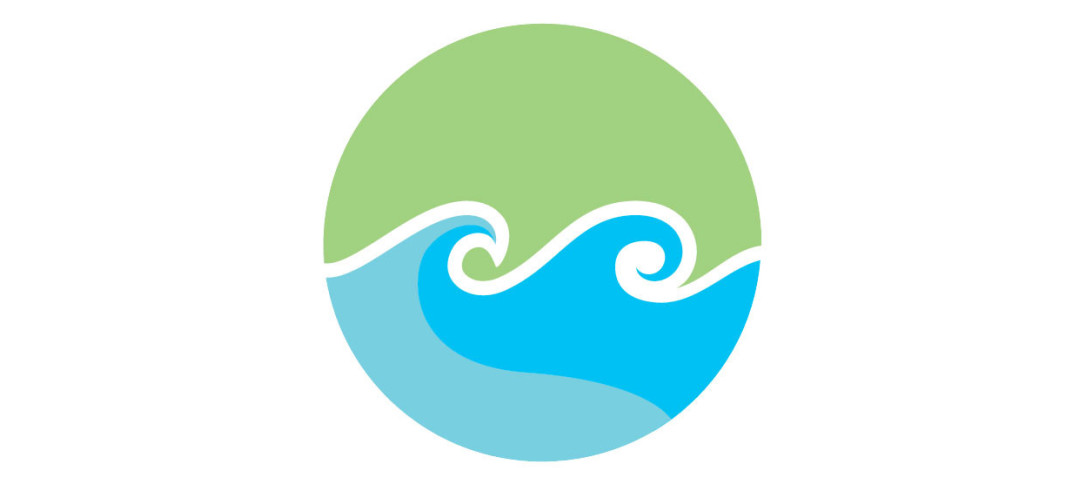
Abstract: Surface wave measurements by oceanographic buoys are regarded as the ‘ground truth’ for the validation of sea-state prediction models, providing key inputs for offshore and coastal engineering. Historically, engineering practice has relied on bulk statistics of wave motion, so Hs, Tz, frequency spectrum … However, a modern wave buoy can provide continuous full 3D vector displacements for individual waves in time, opening new possibilities for wave analysis.
We investigate the measured motion of a wave buoy in three orthogonal directions, and explore the relationships between these, for both severe and relatively benign sea-states. A NewWave-type analysis is used to investigate the average shape of the large events across the measured time histories. In combination with a conditioning analysis, we give a reciprocity relation between the vertical displacement of the wave buoy and those in the horizontal plane. The relationship is of value, as it connects the wave kinematics in the horizontal plane to the vertical motion and allows a check on the motion calibration. Significant nonlinear low and high frequency contributions are observed in the measured motion, larger horizontally and smaller vertically – despite the widely held view that buoys move linearly. Much of this nonlinearity is consistent with 2nd order wave-wave interactions, so can be removed from the motion at least in principle, but the mooring system may also play a role at low frequency.
This data-driven analysis paves the way for wave-by-wave prediction in moderate seas with applications to the active control of wave energy converters, floating wind turbines and perhaps also marine current turbines.
Short Bio: Professor Taylors current research covers four main areas: wave-structure interactions for offshore renewable energy (wave loads on fixed and motions of floating offshore wind turbines, and wave power – environmental characterisation and machine behaviour), wave-structure interaction on deep water (greenwater on deck for FPSOs, gap resonance effects for FLNG), wave modelling at the coast (wave-by-wave prediction and Boussinesq modelling) and the properties of extreme waves on the open sea (physics and statistics of nonlinear wave-wave interactions). After completing a PhD at the University of Cambridge, he spent 17 years at Shell and then 20 years at the University of Oxford where he was a Professor in Engineering Science, and Fellow at Keble College. He moved to the University of Western Australia (UWA) in 2017, and he became an Emeritus Professor there in 2023.